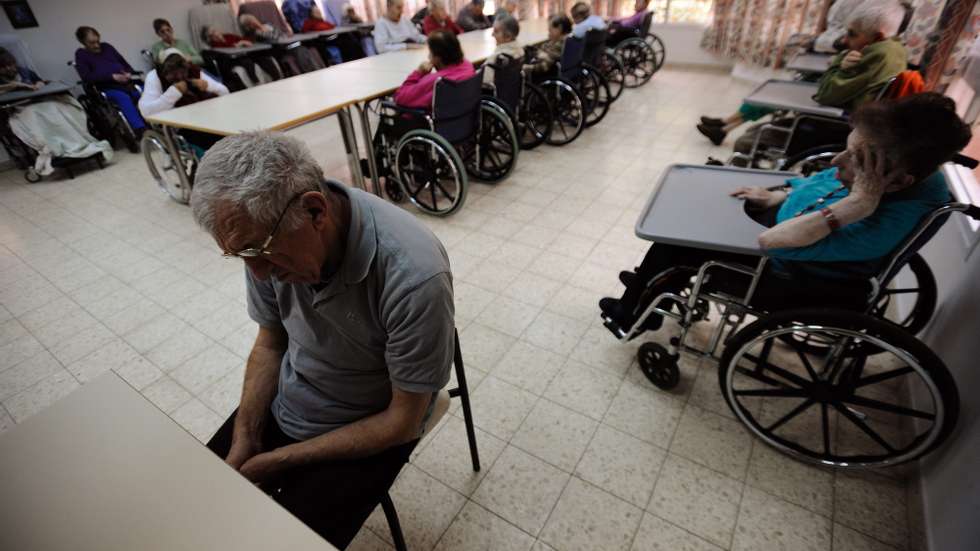Most cases were recorded in the north and central interior of the country. More than 50% of people over 65 will live in single-person households in 2021.
Nearly 40% of Portuguese seniors over 80 lived alone in 2021, according to data from the National Institute of Statistics (INE), which shows that the majority of single seniors live in parishes in the interior of the country.
This Tuesday, the INE presented a series of studies on families in Portugal, based on the 2021 Census, and in which the study on “Families in the later stages of life: current trends” shows “a slight increase in the proportion of elderly people aged 65 or over residing in single-person households”.
In the analysis by age groups, “37.8% of the population aged 80 or over, in 2021, lived in households without a family nucleus,” said researcher Patrícia Coelho, from the Faculty of Economics at the University of Algarve.
According to the professor, it is in this age group where “the number of elderly people living in single-person households grew much more markedly between 2011 and 2021.”
The data presented show that more than 50% of single-person private households were made up of people aged 65 or older.
The greatest expression is found in the inland parishes (north and centre) and in the Autonomous Region of Madeira, as opposed to the parishes on the coast of continental Portugal and the Autonomous Region of the Azores.
INE data also showed that in the ten years between 2011 and 2021, Portugal lost 1.3% of its resident population and that the effective growth rate was negative until 2018, only reversing from that year onwards thanks to immigration.
Since 2017, migration growth has been positive, but this alone was not enough to offset the population loss, a phenomenon that will only begin to occur from 2023, at the same time as population ageing continues.
The birth rate was “strongly” affected by the two crises of that period, the first financial and the second pandemic, which meant that there was only “a slight recovery from 2015 onwards”, which was soon reversed in 2020.
According to Susana Clemente, from the INE, in 2021 the average was 1.35 children per woman of childbearing age, highlighting that “women, in periods of crisis, have children later.”
“The effects of the crises affected demographic movements and, consequently, family structures”he pointed out.
In terms of living as a couple, according to INE data, it has been possible to verify that the number of de facto couples has increased, with two out of ten couples living in a de facto union, and that “the relative weight of couples without children has increased” in the total number of couples, since four out of ten couples are couples without children.
On the other hand, the number of couples with children has decreased and the number of married couples living in a de facto union has increased. Reconstituted couples are those in which there is at least one child that is not common to both partners.
Source: Observadora
